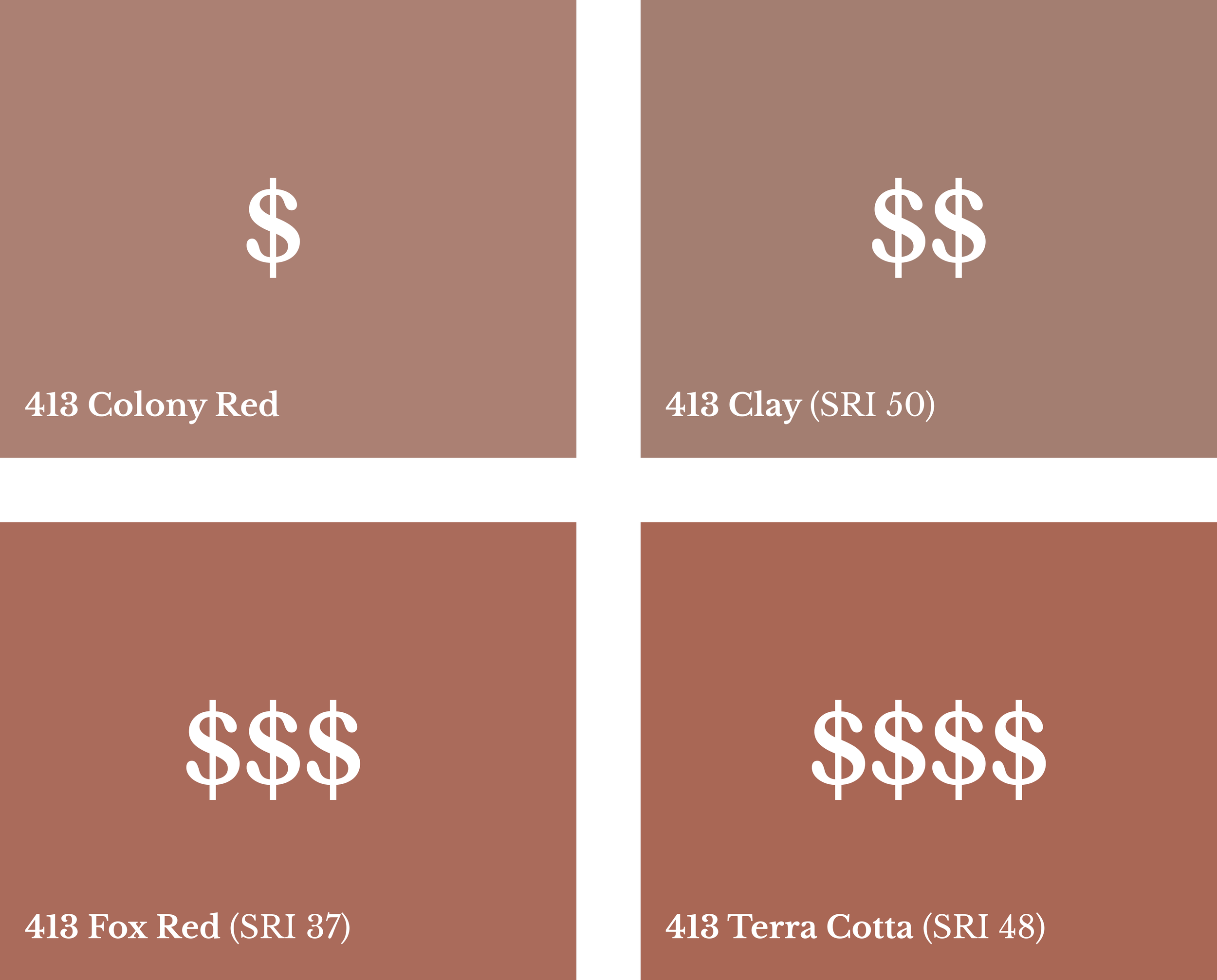Colored Concrete
Thinking About Pouring Colored Concrete?
Pouring colored concrete, such as the red concrete used on Van Ness Avenue, involves several important steps and considerations to ensure a high-quality finish. Here's a guide to help you through the process.
Steps for Pouring Colored Concrete
Preparation and Planning:
Site Preparation: Ensure the site is properly graded and compacted. All forms should be in place and secured.
Mix Design: Work with Bauman Redi-Mix to determine the right color and mix design for your project. We offer a range of pigments and can help tailor the mix to achieve the desired color and performance characteristics.
Batching and Mixing:
Pigment Addition: Add the Solomon Colors’ pigment to the concrete mix. You can bypass this step if you’re pouring with us because we ensure the pigment is thoroughly mixed to achieve a consistent color.
Consistency: Maintain a consistent water-cement ratio to ensure uniform color. Variations in water content can lead to color inconsistencies.
Placing the Concrete:
Pouring: Begin pouring the concrete as close to its final position as possible to minimize movement. Use appropriate methods to avoid segregation of the mix.
Consolidation: Use vibrators to remove air pockets and ensure proper consolidation. This helps in achieving a uniform color and finish.
Finishing:
Initial Finishing: Once the concrete is placed, perform initial finishing with a screed and bull float. Avoid overworking the surface, as this can bring too much water to the surface and alter the color.
Edging and Jointing: Use edgers and groovers to create clean edges and joints. Make sure these tools are clean to prevent streaking.
Texturing and Final Finishing:
Texture Application: Apply any desired textures, such as broom finishes, stamps, or other decorative finishes. Ensure consistent technique across the surface to maintain uniformity.
Final Troweling: For a smooth finish, use steel trowels. Be cautious not to over-trowel, which can darken the surface and cause burn marks.
Curing:
Curing Compound: Apply a curing compound suitable for colored concrete to prevent rapid moisture loss and ensure even curing. Solomon Colors offers curing compounds that can complement their pigments.
Protect from Elements: Protect the fresh concrete from weather conditions like rain, wind, and extreme temperatures, which can affect the curing process and color consistency.
Sealing:
Sealant Application: After the concrete has cured, apply a sealer to enhance the color and protect the surface. Solomon Colors provides sealers designed for colored concrete that help in maintaining the appearance over time.
Tips for Success
Mock-ups: Create a mock-up panel to visualize the final color and finish. This helps set expectations and serves as a reference throughout the project.
Consistent Batching: Ensure consistent batching procedures to avoid color variations. This includes accurate pigment measurement and consistent mixing times.
Communication: Maintain clear communication with all team members, including your ready-mix supplier, to ensure everyone understands the specific requirements for colored concrete.
By following these steps and leveraging the expertise from Bauman Redi-Mix and products from Solomon Colors, you can achieve a beautiful, durable colored concrete finish like the red concrete on Van Ness Avenue or sparked grey concrete on Haight Street.
Proud Solomon Colors’ Supplier
Note: The larger the percentage loading of any color, the price is multiplied. The larger the loading, the more prevalent the concrete color becomes.




